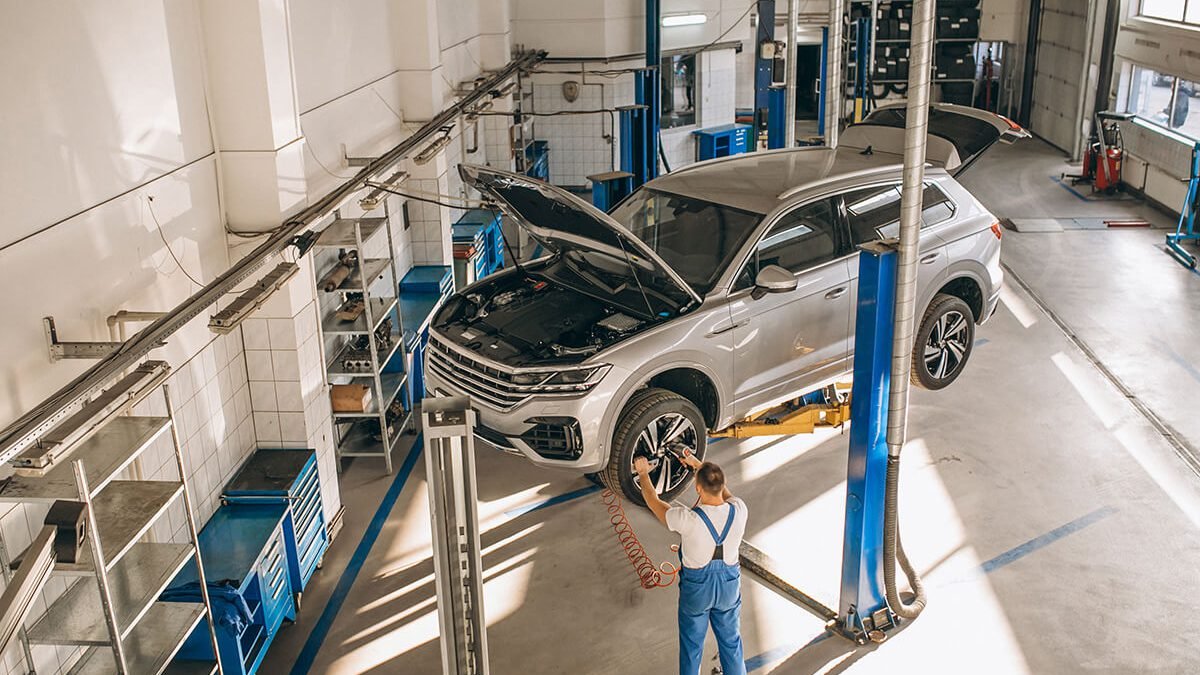Rust Winter
Autobutler guides you and your car safely through the winter. Winter is coming and it might be time to prepare your car for the changes in the weather. Autobutler provides you with an overview of what needs to be checked. Some of it you can check yourself and other things might require you to get an expert opinion.
In order to ensure you and your passenger’s safety as well as to avoid extra wear and tear on your car, we suggest you follow these tips from Autobutler.
Safety First
We recommend being prepared for the worst by always having a reflective vest, blankets, a warning triangle, a flashlight, a shovel, your cell phone, gloves, a windscreen ice scraper, a tow rope and jump leads in your car when driving during the winter. This is especially important for longer trips where snow may affect your driving.
The professional winter check
The winter weather may affect your car in several ways, and to prevent damage on your car you might need to get professional help. Winter tyres, undersealing, paint sealant, oil change and check of the battery may be things that you are unable to do yourself, but they may still be essential for your car enduring the winter.
The extra water and salt in the winter provide good conditions for rust and corrosion that can attack the small stone chippings in the paint gained from driving in sleet. Furthermore, the low temperatures may make the battery lose voltage.
Tyres and wheels
Longer drives affect the car’s tyres. If your car’s tyres are worn, or if the wheels are not aligned, you should check with your mechanic if it’s time to get your tyres and/or wheels fixed.
If, for any reason, the tyres have skewed angles or the car’s tyre tracking is out of balance, the following happens:
- This results in greater driving uncertainty because the car’s steering does not work properly.
- You wear more on one part of the tyres than others, which is both expensive in the long run, because you have to buy new tires much earlier, and because you need more fuel to optimize the driving.
- Fuel economy gets worse, so you need to spend more money on petrol – subsequently, the environment is more affected over time.
What can you do yourself?
- Winter tyres: The tyres must have a minimum tread depth of 1.6mm in a continuous band around the central three-quarters of the tyre, but we recommend at least 3mm tread depth.
- Too many drives around with less than 1.6mm and are thus illegal and potentially dangerous tyres. Make sure you are not one of them! Use the 20p test to check whether your tyres are legal. If the outer rim is visible, your tyres are illegal and you should get them changed as fast as possible.
- Make sure the radiator coolant and windscreen wash is frost proof. You can check this by taking a sample of it in a straw and storing it in your freezer overnight. If the fluid is frozen, you should make sure to switch it with a frost-proof version.
- Sprinkler heads: In sleet, rain and snow the windscreen is exposed to extra dirt/grit. The sprinkler heads can easily be blocked by this, but luckily these are easily cleaned. Simply use a small pin to clean them and make sure the spray is correctly on the windscreen and not spraying the car next to you





